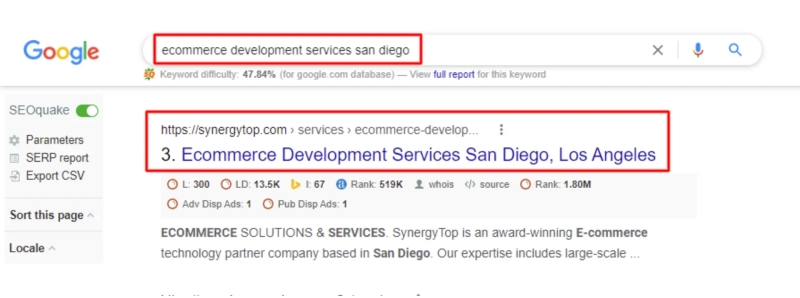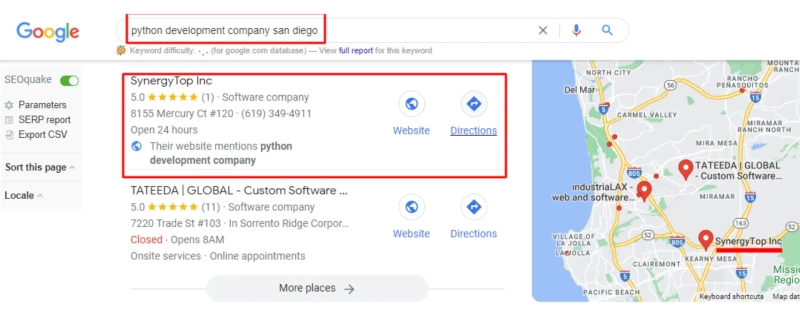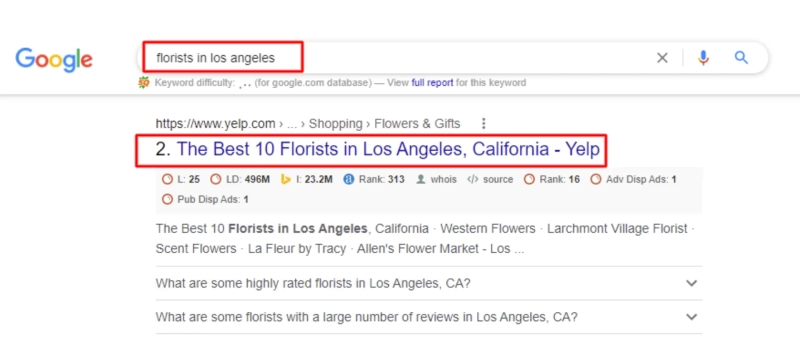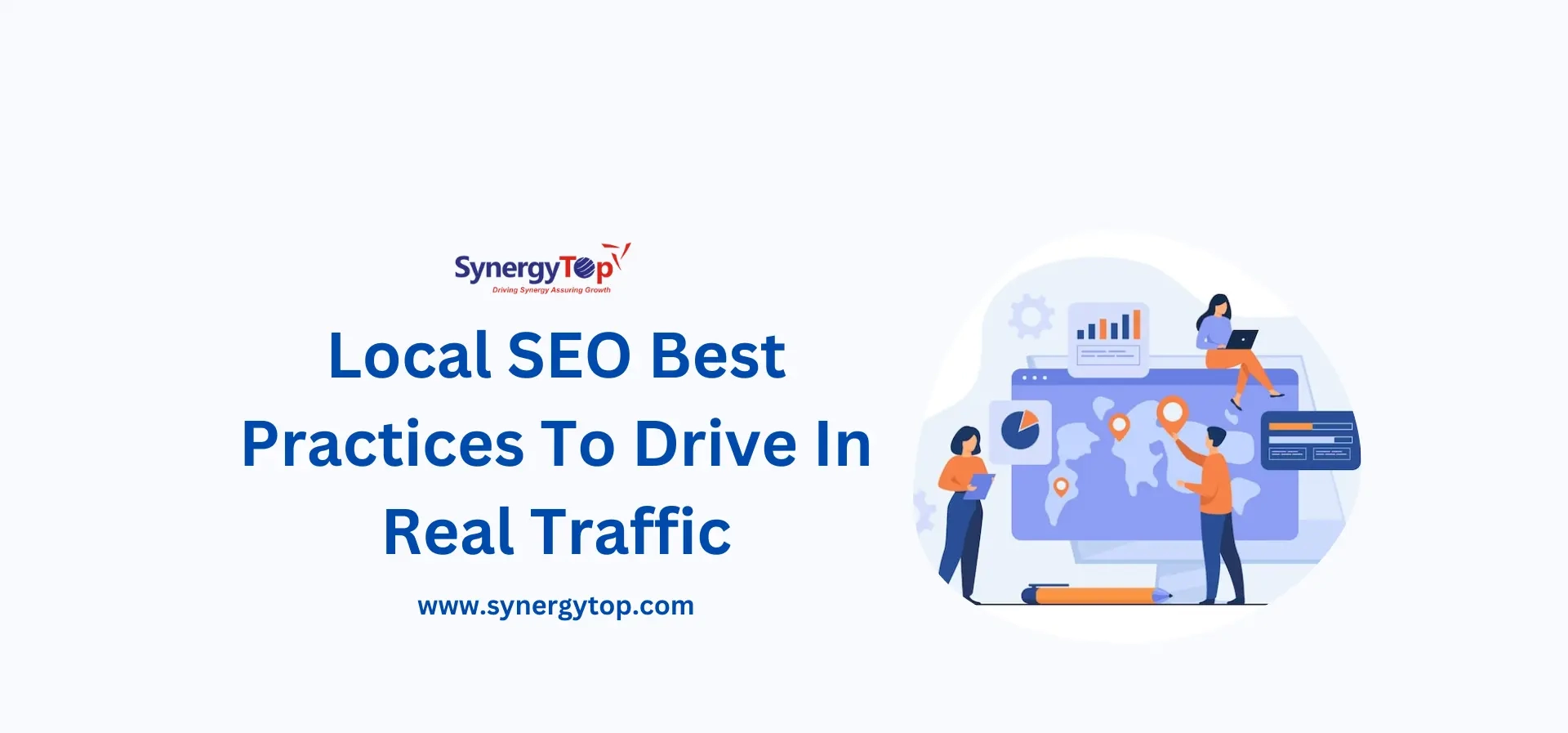From buying raw materials for cooking a meal to getting a great meal delivered to your doorstep, you can do everything online. And yet, people still visit restaurants, cafes, and hotels to grab a bite.
That’s one of the biggest proofs of why having a brick-and-mortar store is worth it even in the age of hyper-digitalization.
But that does not mean physical store owners cannot leverage online tools and platforms. The two don’t need to exist exclusively and in fact, combining the reach of the website with your physical store will help you drive up revenue and sales in no time.
How?
A 2019 survey by Statista suggested that 1/3rd of people use online search to find a local business daily.
That percentage escalated fast in 2020 as 93% of people were using online searches to find local businesses.
To be honest, even you and we do that. Don’t you Google ‘pharmacies near me’ when you have a headache that just won’t go away without an Ibuprofen?
We all do. And so do your customers. They are looking for you online.
Can they find you?
The answer depends on how well you use local SEO best practices on your website.
Note: If you feel that a physical shop doesn’t need a website, you are missing out. Get started with our reliable one-stop Website Design and Development services here.
Local SEO!
What is that?
How is local SEO different from regular SEO?
What are some of the local SEO best practices?
What is the best way to ensure local SEO on your website?
Find answers to all these questions and more in this piece right here. Read on.
What is Local SEO?
Local SEO is a specialized search engine optimization strategy that helps your business gain more visibility on the local search result pages on Google (or other search engines).
Let’s understand this with the help of an example.
Say you are looking for eCommerce website development services. And you are based out of San Diego, California.
Here’s what you are likely to search on Google…

And of course, you are likely to select either of the companies which rank at the top for this specific keyword.

We, at SynergyTop, are ranking at the top as our eCommerce development page is optimized with local SEO best practices.
Check out our eCommerce development services here.
Let’s check out another example. Say you are looking for Python development services in San Diego. Here’s what you’ll find in Google SERPs.

Our website is ranking in the Google My Business (GMB) listing.
This gives us higher visibility and more traffic.
Also, here’s a little secret – We have onboarded several local clients by being found for the right set of keywords. And we can help you do it too (more on that later!)
But isn’t ‘being found for the right keywords’ the crux of SEO? Then how is local SEO different from regular SEO?
Here’s how.
Local SEO vs. Regular SEO – The Key Point of Difference
Local SEO is a subset of SEO. So while the core concept remains the same, geographical targeting is the key point of difference between the two.
Regular SEO is done to help your website gain visibility nationally or even globally. You want your website to show up in the top SERPs irrespective of where the user is from.
But with local SEO, you want to be found by people in a specific geography.
For example, if you are selling clothes online and offer shipping across the US, you need everyone in the US to find your website and shop from you.
But if you own a quaint little bakery in San Deigo, even if those in New York see your website, they won’t actually drive 2700+ miles to get your freshly baked cookies. [No matter how tempting they look!]
You want a local audience to discover your business and then actually walk in through your door.
This specific geotargeting is what makes local SEO different from regular SEO and extremely helpful for local businesses.
Let’s look at 5 actional local SEO best practices that you can start leveraging for driving in real traffic.
5 Local SEO Best Practices To Follow Today
Here are the top Local SEO best practices to follow right away.
1. Use Local Keywords In Meta Titles and Descriptions
This one is pretty obvious. It is also one of the most effective local SEO strategies. Yet, it is often overlooked.
By using your target location in the Meta Title and Description, you can inform Google as well as the website visitors about your location.
2. Claim your Google My Business listing
Google automatically creates “Google My Business” (GMB) listings. It also automatically fetches data about your business and populates your GMB listing with the relevant information.
But claiming your profile, adding your address, website, contact information, working hours, photos, etc., and getting reviews from your clients can make a world of difference. You can claim and manage your Google My Business listing here.
3. Claim all local business directories
Don’t stop at claiming your Google My Business listing. Make sure you get your business listed on all local (or global) business directories.
Why?
For most keywords, aggregator sites like Yelp, for example, rank higher than individual websites.

Also, these sites are trusted by users. Thus, when you get a spot on these listings, more people are likely to trust your business.
Moreover, getting backlinks from local business directories is also a positive signal for local SEO.
4. Create a local backlink strategy
Just like backlinks are crucial for SEO, local backlinks are crucial for local SEO. Make sure you get multiple backlinks from local high authority websites in your niche.
Here are some sources of getting local backlinks:
- Aggregator sites and business directories
- Guest posting on sites operating in your niche and geography
- Writing sharable content aimed at a local audience
- Listening in to social conversations and claiming unlinked mentions
5. Get active on social media
An active social media strategy can boost and complement your local search engine optimization strategy.
By engaging with your audiences on social media, you can get brand mentions (which, as previously mentioned can get you local backlinks). Also, engaging with micro-influencers in your geographical area can give you much-needed visibility on social media and search engines.
Local SEO Services To Drive In Real Traffic
Crafting and implementing a local SEO strategy takes a lot of time and effort. Also, you cannot forget the basics of SEO while targeting local audiences. You need to make sure your website is well-optimized for speed, mobile devices, and ideal user experiences.
And all that requires expertise and experience.
The team of SEO specialists at SynergyTop has carried out local SEO strategies for not one but multiple businesses. And as a result, several of our clients are ranking on page 1 of SERPs for local keywords. Plus, they are getting qualifying traffic to their websites/physical stores from our strategies.
Want similar results for your local business? Schedule a free local SEO consultation today!
















